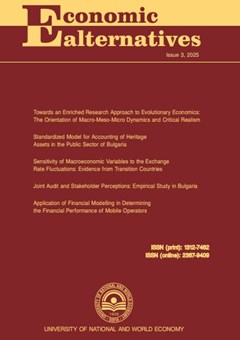Evolving Trends in Total Factor of Production, International Trade Openness and Economic Interactions among BRICS: Implications for Global Growth and Development
Authors: Rajesh Kumar, Debasis Neogi
Abstract
This research examines the evolving nature of the BRICS groups’ influence on the global economy by integrating pertinent economic measures and synthesising findings from a range of academic publications. In light of Brazil, Russia, India, China, and South Africa’s rise to global prominence, it is critical to grasp the significance of their economic alliance. Although some studies have touched on this topic, a thorough examination is required to either examine the complex relationships between trade openness, economic indicators, and GDP per capita in BRICS nations or to incorporate multiple separate findings. To address this knowledge vacuum, this study scours academic literature and economic statistics in search of fresh insights into the pros and cons of BRICS economic cooperation expansion. This study uses panel data analysis that spans the three decades from 1990 to 2019 to support its claims. The data comes from reliable sources including the World Bank and Penn World Tables. Among the BRICS nations, these findings highlight the strong correlation between trade liberalisation and GDP growth. These insights can be useful for economists, policymakers, and everyone else with an interest in developing countries’ capacity for international collaboration and sustainable economic development.

